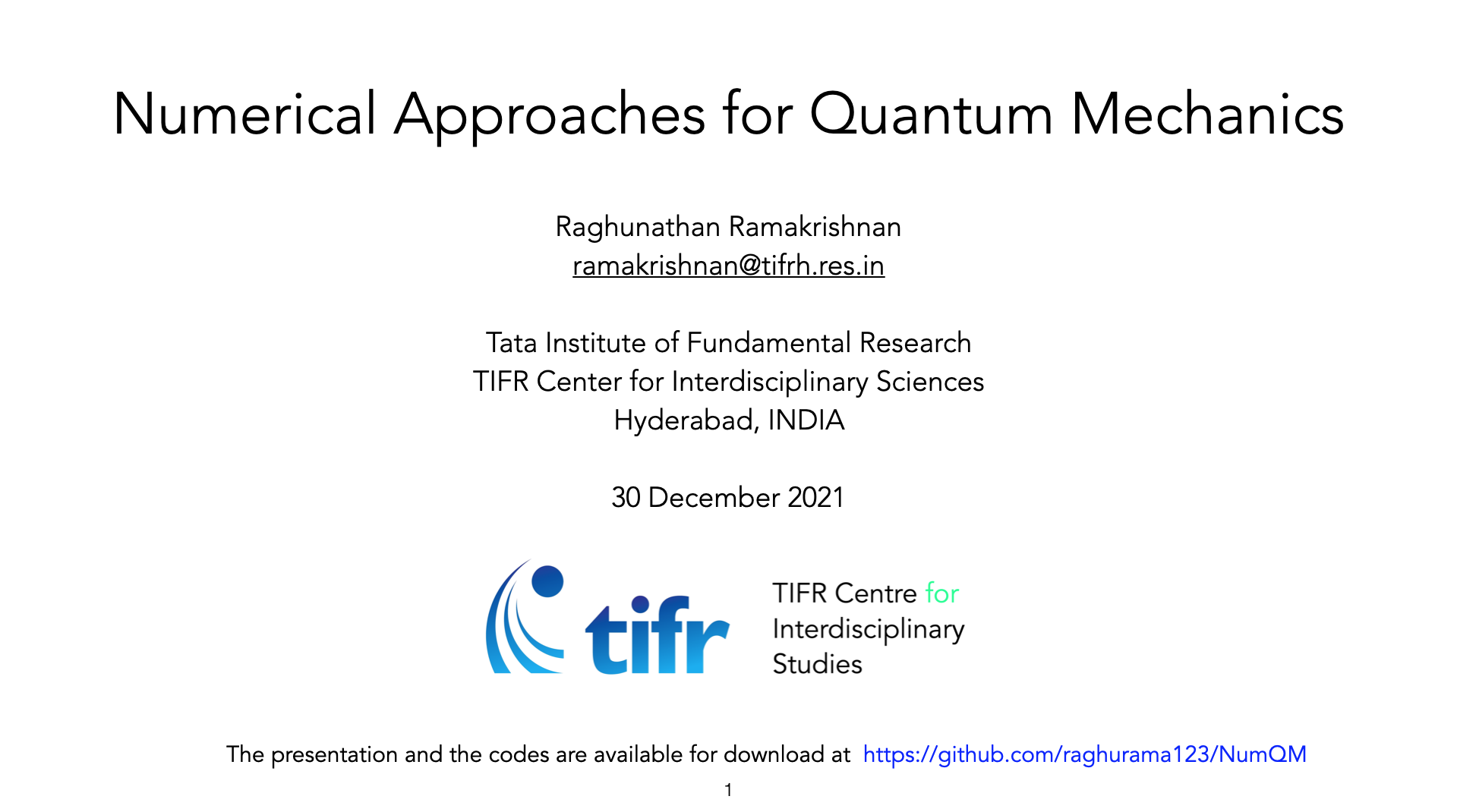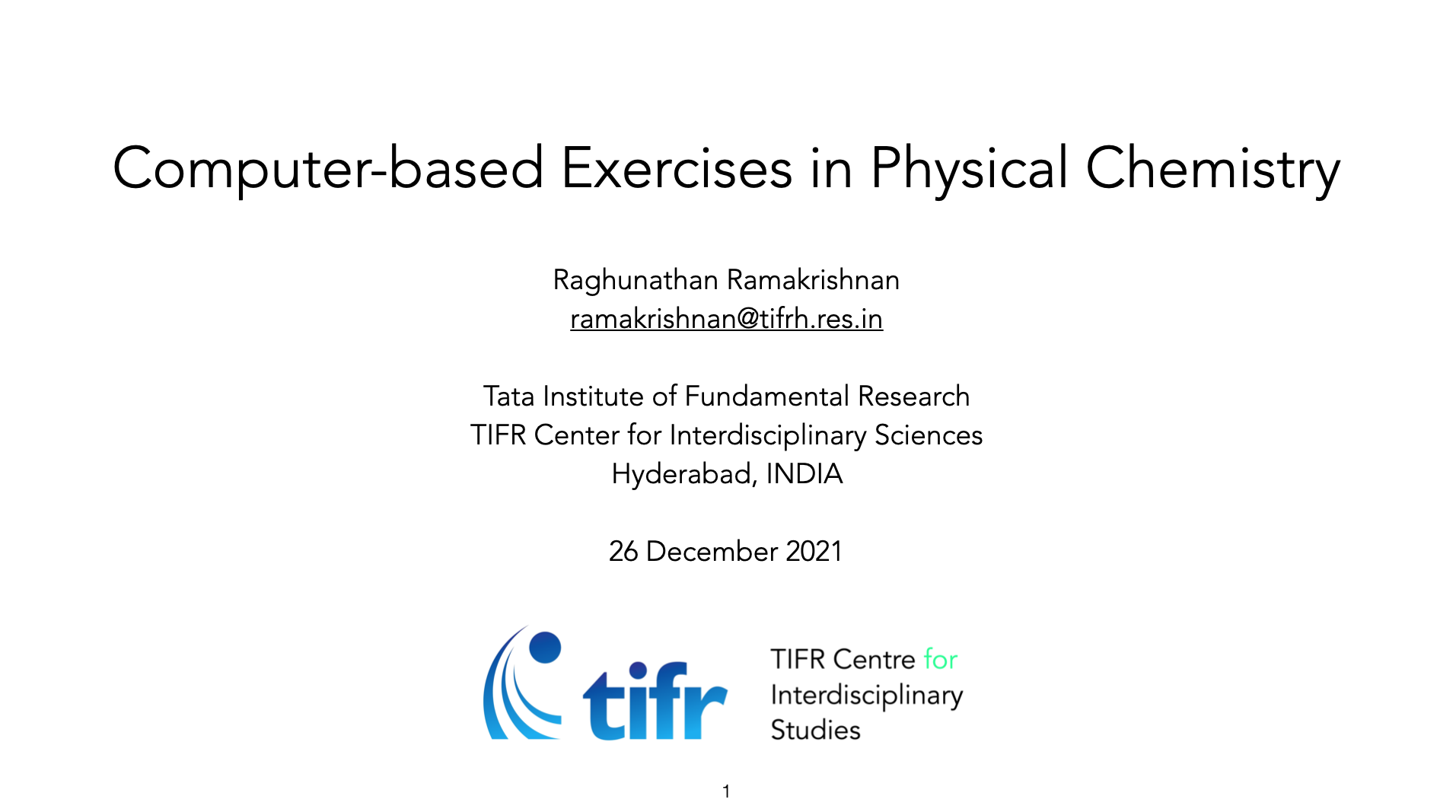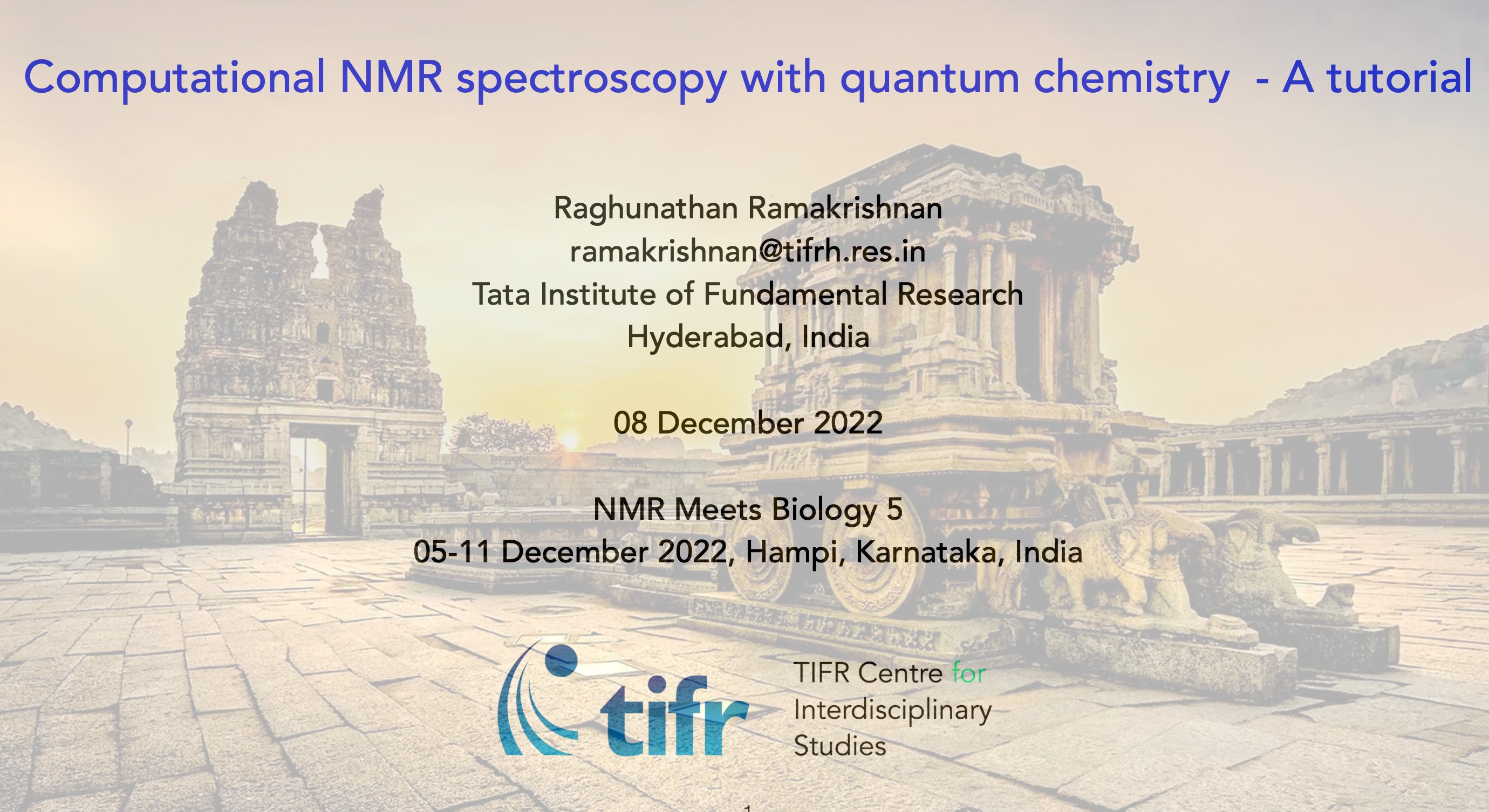moldis-group
 Home
HomeMembers
Publications
Teaching
Contact
Quantum Mechanics 1 for Physicists, PHY-106.7
Course outline: 2022_QM1.pdf
Syllabus:
-
Fundamental concepts: Stern-Gerlach experiment; State vectors and operators; Bra-Ket notation: Hilbert space, Inner products; Matrix representation: Eigenkets, Spin-1/2 system, Measurements: Observables, Compatible/Incompatible observables, Uncertainty relations; Change of basis: Transformation, Continuous representation: Position/Momentum representation, Dirac delta function, Gaussian Wavepackets
-
Quantum dynamics: Time evolution and Schroedinger equation: Energy eigenkets, Stationary/nonstattionary states, Spin precession; Schroedinger/Heisenberg picture: Ehrenfest theorem, Transition amplitude; Simple harmonic oscillator: Stationary states, Time-evolution; Wave mechanics: Probability density, Classical limit; Elementary solutions to Schroedinger wave equation: Free particles, Infinitesquare well, Finite-square well, Transmission-Reflection problems Simple harmonic oscillator, Linear potential
-
Theory of angular momentum: Rotations: Finite/infinite rotations, Commutation; Spin-1/2 system; Pauli 2-component quantum mechanics; Continuous groups: SO(3), SU(3), Euler rotations; Density operators: Pure-vs-mixed ensembles, time-evolution of ensembles, Quantum statistical mechanics; Eigenvalues and eigenstates of angular momentum; Orbital angular momentum: Spherical harmonics; Central potential problems, Hydrogen atom; Angular momentum algebra: Angular momentum addition,Clebsh-Gordon coefficients; Oscillator model of angular momentum; Spin correlation measurements; Tensor operators: Wigner-Eckart theorem
-
Approximation methods: Time-independent perturbation theory; Time-dependent perturbation theory; Application of perturbation theory to higher-order effects in Hydrogen atom; Degenerate and nondegenerate versions; Variational method; WKB method
References:
Modern Quantum Mechanics, J. J. Sakurai, J. J. Napolitano, Cambridge University Press (Edition-3, 2021).
Notes on selected topics for self-study:
You can read these notes alongside the section in the reference text book given on the right side. This section will be updated as the course progresses.
- Application of Lambert-W function to derive Wien’s displacement law, Preliminary topics
- Paradoxes of a classical electron, 1.1: The Stern-Gerlach Experiment
- Linear vector space and Hilbert space, 1.2: Kets, Bras and Operators
- Canonical transformation, 1.6: Position, Momentum, and Translation
- Degeneracy theorem and Wronskian, 2.4: Schroedinger’s Wave Equation
- Series solution for particle-in-a-box, 2.5: Elementary Solutions to Schroedinger’s Wave Equation and Appendix B
- Properties of a physically acceptible wavefunction, 2.5: Elementary Solutions to Schroedinger’s Wave Equation
What are some good text books to consult for QM-1?:
For the 2022 course, please follow Sakurai’s book along with the additional notes provided above. In the next years, we may offer the QM-1 course based on combination of the following texts.
- Modern Quantum Mechanics, J. J. Sakurai, J. J. Napolitano, Cambridge University Press (Edition-3, 2021).
- Principle of Quantum Mechanics, R. Shankar, Springer (Edition-2, Sixth Indian Reprint 2015).
- Introduction to Quantum Mechanics, D. J. Griffiths, D. F. Schroeter, Cambridge University Press (Edition-3, 2018).
- Quantum Physics, Michel Le Bellac, Cambridge University Press (Edition-1, 2006).
- Quantum Mechanics: Fundamentals, Kurt Gottfried Tung-Mow Yan, Springer (Edition-2, 2003).
- Lectures on Quantum Mechanics, Steven Weinberg, Cambridge University Press (Edition-2, 2015).
There are several books that discuss certain topics remarkably well. Here is a short list.
- Introductory Quantum Mechanics, Richard L. Liboff, Pearson (Edition-4, 2002).
- A Modern Approach to Quantum Mechanics, John S. Townsend, Viva (First Indian Edition, 2010, Reprinted 2017).
- Quantum Mechanics, David McIntyre, Corine A. Manogue, Janet Tate, Pearson (First Indian Edition, 2016).
- Quantum Mechanics: Theory and Experiment, Mark Beck, Oxford University Press (Edition-1, 2012).
Further, there is a long list of classic texts that I will list some other time.
Optional reading on measurement, entanglement and related topics:
We will not discuss these topics in this course but for those interested in getting some idea of these topics, here is a list of references.
- Quantum Physics: A First Encounter, Valerio Scarani, Oxford University Press (Edition-1, 2006).
- A Short Introduction to Quantum Information and Quantum Computation, Michel Le Bellac, Cambridge University Press (Edition-1, 2006).
Optional reading of interesting articles and reviews:
This list is maintained (and will be regularly updated) for the sake of collecting interesting articles that can be studied/discussed during the QM-1 course. Feel free to go through them. If you have any recommendations to this section, please send them to ramakrishnan@tifrh.res.in
- Against Measurement, John Bell, Physics World, Volume 3, Number 8 (1990) pages 33-40.
- Ten theorems about quantum mechanical measurements, N.G. Van Kampen, Physica A: Statistical Mechanics and its Applications, Volume 153, Issue 1 (1988) pages 97-113.
- The Stern-Gerlach experiment revisited, Horst Schmidt-Böcking, Lothar Schmidt, Hans Jürgen Lüdde, Wolfgang Trageser, Alan Templeton & Tilman Sauer, The European Physical Journal H volume 41 (2016) pages 327–364. arxiv link
- Albert Einstein’s explanation of how science works from Physics: A Conceptual World View Larry Kirkpatrick, Gregory E. Francis, Cengage Learning (2009).
- Stern and Gerlach: How a Bad Cigar Helped Reorient Atomic Physics, Bretislav Friedrich and Dudley Herschbach, Physics Today Volume 56, Number 12 (2003) pages 53–59.
- One hundred years of Alfred Landé’s g-factor, Bretislav Friedrich, Gerard Meijer, Horst Schmidt-Böcking, Gernot Gruber, Natural Sciences, Volume 1, Issue 2 (2021) pages 1–7.
Internet sources for images, videos, blogs, etc.:
- https://toutestquantique.fr/en/, contains animations of experiments (such as Stern-Gerlach experiment) that we will discuss in the course.
Numerical Methods, PHY-102.7/CHM-116.7
Here is a tentative course outline: 2021_NM.pdf
2022 syllabus and Course material:
https://github.com/raghurama123/NumericalMethods
2023 syllabus and Course material:
We will closely follow the content of the book
Numerical Methods in Physics with Python, Alex Gezerlis, Cambridge University Press (Edition-1, 2020).
Additional material and errata collected by the author is availabe here: www.numphyspy.org.
Notes and programs etc. prepared for the course are available at https://github.com/raghurama123/nm2023.
Quantum Mechanics 2, PHY-206.7/CHM-211.7
This course is offered along with Dr. G. Rajalakshmi (raji@tifrh.res.in). This course aims to cover the advanced topics in Sakurai’s Modern Quantum Mechanics (Edition-3, 2021) and possibly some topics from other references.
Data Science, CHM-255.7
Tentative course outline: 2021_DataScience.pdf
Latest syllabus and Course material:
https://github.com/raghurama123/DataScience
Numerical Methods for Quantum Mechanics: A mini-course
The presentation and the notebooks were prepared for the lecture Numerical Approaches for Quantum Mechanics on 30 December 2021 as a part of the program National Initiative on Undergraduate Science (NIUS). NIUS is an initiative of the Homi Bhabha Centre for Science Education, TIFR.
Computer-based Exercises in Physical Chemistry: A mini-course
The presentation and the notebooks were prepared for the lecture Computer-based Exercises in Physical Chemistry on 26 December 2021 as a part of the program National Initiative on Undergraduate Science (NIUS). NIUS is an initiative of the Homi Bhabha Centre for Science Education, TIFR.
Computational NMR spectroscopy with Quantum Chemistry – A tutorial
The presentation and the input/outfile files were prepared for the meeting “NMR meets biology” held during 05-11 December 2022.


